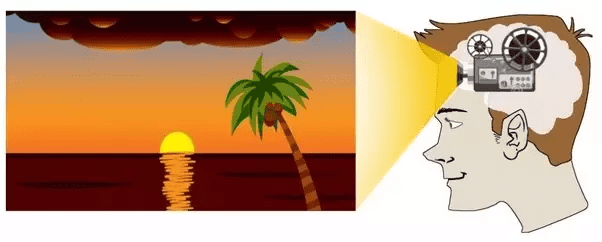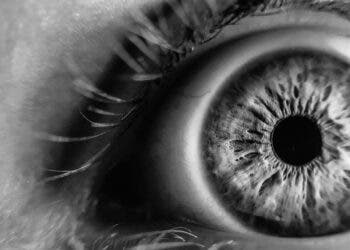
“In my mind’s eye” — it’s a nice conversation starter, but for some, it’s easier said than done. In fact, calling an image to mind is not possible for those suffering from a condition called aphantasia. Those suffering from this condition simply cannot conjure an image in their mind. While our “mind’s eye” normally allows a lot of us to see things in our head, they try to deliver the same effect with words or other non-visual ways.
Now a recent study on the topic sheds more light on how people with this condition perform on memory tasks. The study leader is Wilma Bainbridge, an expert in the neuroscience of perception and memory.
“Some individuals with aphantasia have reported that they don’t understand what it means to ‘count sheep’ before going to bed,” commented Wilma Bainbridge, an assistant professor of psychology at the University of Chicago.
Appearing in Cortex, this study used a set of visual memory tasks on study participants. Some were aphantasic individuals while others had typical imagery capabilities.
Bainbridge and team gave them photographs of three rooms. Participants had to draw each from memory and then, a second time, using the photograph as reference.
“Individuals with typical imagery usually drew the most salient objects in the room with a moderate amount of detail, like color and key design elements (a green carpet, rather than a rectangle),” according to a report from UChicago News.
Leaning on words
What about those with aphantasia? Different outcomes. Their drawings carried only a few objects, and the drawings were often simple. They leaned at times on written descriptions. Instead of windowpanes, for example, they wrote the word “window” inside an outline of a window.

Still, aphantasia does not negatively impact spatial memory. Study subjects with aphantasia were able to place the objects that they did remember in the correct location within a room most of the time, just like those with typical imagery.
As notable, people with aphantasia made fewer mistakes.
“They didn’t create any false memories of objects that hadn’t been in any of the rooms,” said UChicago News, “and placed objects in the correct location—but the wrong room—only three times.”
The ones with typical imagery made 14 mistakes on average and regularly included objects that had not even been in the photographs, like the person who drew a piano in a living room that had no piano. One strategy that the aphantasia subjects appear to rely on is what Bainbridge calls “verbal-coding of the space.” And this is what might actually give them an edge over those with more typical recall, in terms of avoiding false memories.
The scientific quest to better understand differences between those with aphantasia and people with traditional mind’s-eye capabilities is on.
Work choices
A report from BBC Science Focus in May said people with aphantasia were more likely to work in a STEM field — that is, more likely to work in scientific and mathematical industries than in creative sectors. That is what researchers found at the University of Exeter, and it came as a bit of a surprise at the time.
They tested 2,000 people with aphantasia, 200 with hyperphantasia and 200 control participants with mid-range imagery vividness. The research was led by the University of Exeter with collaborators from the University of Edinburgh and Heriot-Watt University.
What’s next: With co-authors, from University of Westminster and National Institute of Mental Health, Bainbridge is interested in exploring more about aphantasia as manifested in the brain. She wants to use MRI scanning “to elucidate some of the mechanisms behind imagery in typical and aphantasic individuals.”



